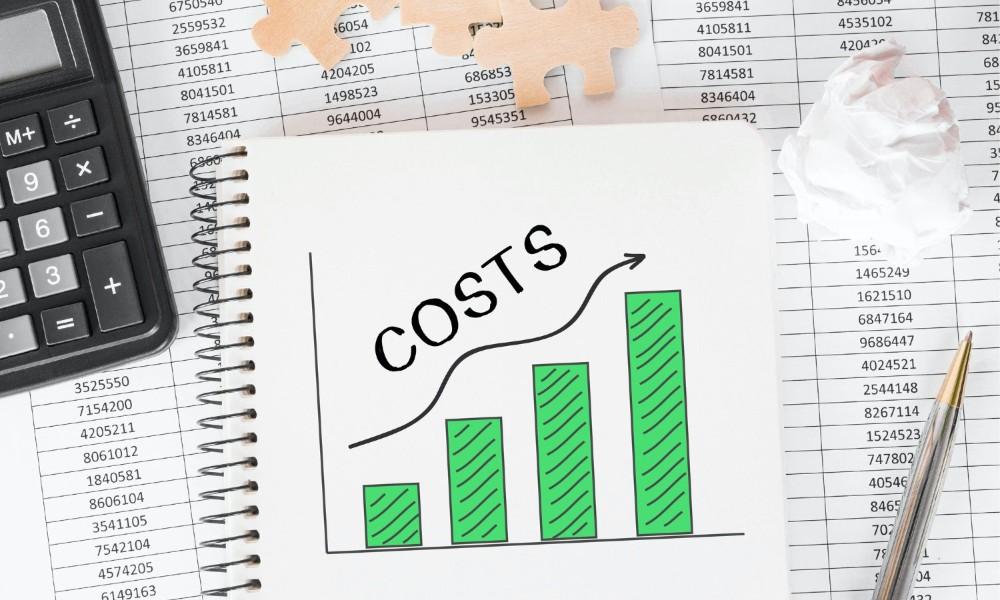
By understanding financial terms, nonfinancial managers can better understand the financial aspects of their business and make more informed decisions about financial matters.
Let's start with some basic terms:
Asset: A resource owned by a company that has monetary value, such as cash, investments, property, or equipment.
Liability: A financial obligation of a company, such as a debt or a lease payment.
Equity: The residual ownership interest in a company, representing the value of the company's assets minus its liabilities.
Debt: Money that is borrowed and must be repaid, often with interest.
Capital: Funds invested in a business, either in the form of debt or equity.
Capital budgeting: The process of evaluating potential investments and deciding which ones to pursue.
Capital structure: The mix of debt and equity that a company uses to finance its operations.
Financial statements: Reports that provide information about a company's financial performance, including the balance sheet, income statement, and cash flow statement
Financial ratios: Measures of a company's financial performance calculated by dividing one financial metric by another.
Now, let's take a look at some other important financial terms.
Profitability: The ability of a business to generate profits, or revenue that exceeds its costs.
Cash flow: The movement of cash in and out of a business, including the inflow of cash from sales and the outflow of cash for expenses and investments.
Return on investment (ROI): A measure of the efficiency of an investment, calculated by dividing the return from the investment by the cost of the investment.
Financial statements: Reports that provide information about a company's financial performance, including the balance sheet, which shows the company's assets, liabilities, and equity, and the income statement, which shows the company's revenue and expenses over a period of time.
Financial ratios: Measures of a company's financial performance calculated by dividing one financial metric by another.
Capital structure: The mix of debt and equity that a company uses to finance its operations.
Capital budgeting: The process of evaluating potential investments and deciding which ones to pursue.
Financial planning: The process of creating a long-term plan for managing a company's financial resources in order to achieve its strategic goals.
Operating income: A measure of a company's profitability that excludes the impact of financing and taxes.
EBITDA: A measure of a company's operating performance that excludes the impact of financing, taxes, depreciation, and amortization.
Net income: A measure of a company's profitability that reflects the company's revenues, expenses, and other income or losses for a given period.
Earnings per share (EPS): A measure of a company's profitability that reflects the net income earned by each share of stock.
Market capitalization: The total value of a company's outstanding stock, calculated by multiplying the number of shares outstanding by the stock's price.
Valuation: The process of estimating the value of a company, which may be based on a variety of factors such as the company's earnings, assets, and growth potential.
Capital expenditures: Funds that are invested in long-term assets, such as property, plant, and equipment, in order to support the operations of a business.
Depreciation: The allocation of the cost of a long-term asset over its useful life, which reflects the gradual consumption of the asset's value.
Amortization: The allocation of the cost of an intangible asset, such as a patent or trademark, over its useful life, which reflects the gradual consumption of the asset's value.
Return on equity (ROE): A measure of a company's profitability that reflects the return earned on the shareholder's investment in the company.
Value creation: The process of generating economic value for stakeholders through the use of a company's resources and capabilities.
Internal rate of return (IRR): A measure of the efficiency of an investment, calculated as the discount rate that equates the present value of the investment's expected cash flows with the initial investment.
Net present value (NPV): A measure of the value of an investment, calculated as the present value of the investment's expected cash flows minus the initial investment.
Payback period: A measure of the length of time it takes for an investment to generate sufficient cash flows to recover the initial investment.
Cost of goods sold (COGS): The direct costs associated with producing a product or providing a service, including materials, labor, and manufacturing overhead.
Gross margin: A measure of a company's profitability that reflects the percentage of sales revenue that remains after the COGS have been subtracted.

My goal is simple, protect what is important to you. I focus my energy on discovering your exposure to risk and building a comprehensive plan to protect you against those risk.